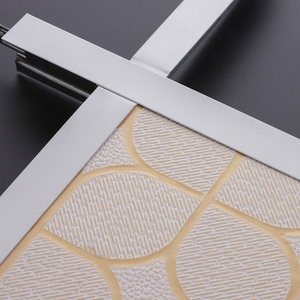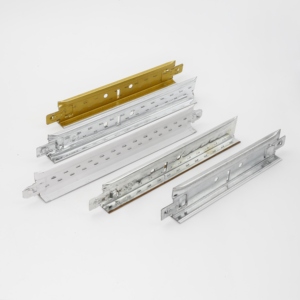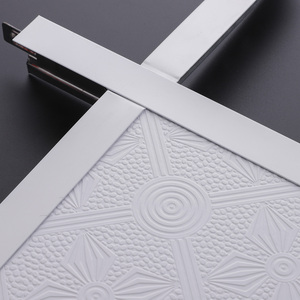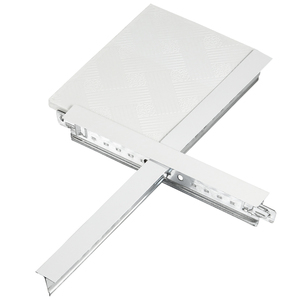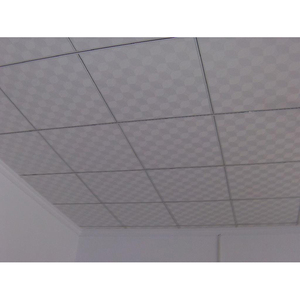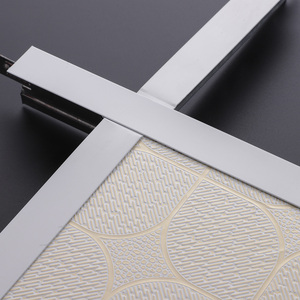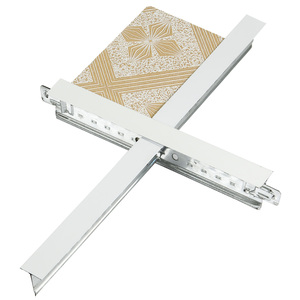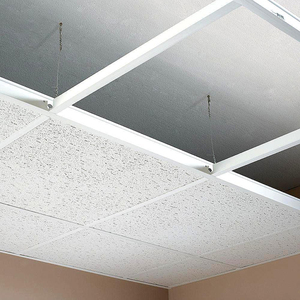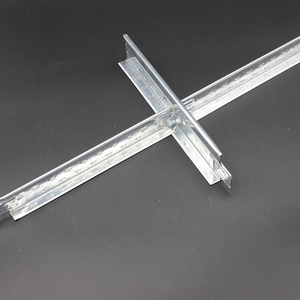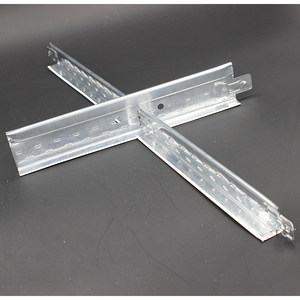Introduction to Grid Ceiling Section
A grid ceiling section is a vital component in modern architecture and design, serving as both an aesthetic feature and a functional utility. Often used in commercial and residential spaces, these sections create a suspended ceiling that not only conceals wiring and pipes but also enhances acoustics and lighting effects. Grid ceiling sections are designed to accommodate a variety of materials, making them a versatile choice for different environments. With an array of options available, understanding the types, functions, features, and best applications of grid ceiling sections can help you make an informed decision for your space.
Types of Grid Ceiling Sections
Grid ceiling sections come in several types, each tailored to meet specific design requirements and functional needs. Here’s a breakdown of the most common types:
- Stub Grid Ceilings: Characterized by a simplified grid system that supports lightweight ceiling tiles without extensive installation.
- Standard T-Bar Grid: The most common type, featuring a 'T' shape that provides strong support for a wide variety of ceiling tiles.
- Radial Grids: These grids create a unique visual appeal by offering curved structures that break the monotony of traditional layouts.
- Lightweight Grids: Ideal for residential applications, these sections are easy to install and less cumbersome, perfect for DIY projects.
Function and Features of Grid Ceiling Sections
Grid ceiling sections serve multiple functions that go beyond mere aesthetics. Here are some fundamental functions and features:
- Aesthetics: They provide a clean, finished look, helping to improve the overall interior design of a room.
- Acoustic Control: Many ceilings are designed to absorb sound, reducing noise and echo within open spaces.
- Accessibility: Suspended ceiling tiles can be easily removed for access to ductwork, electrical wiring, and plumbing.
- Light Fixture Compatibility: Grid ceiling sections can be fitted with a variety of lighting options, making them flexible for different illumination needs.
Applications and Advantages of Grid Ceiling Sections
Grid ceiling sections are employed across various applications, making them an excellent investment for a myriad of spaces. Their advantages include:
- Commercial Spaces: Common in office buildings, schools, and healthcare facilities, grid ceilings offer practicality and functionality.
- Residential Use: In homes, these sections can hide unsightly utilities while adding style to living areas such as kitchens and basements.
- Easy Maintenance: The modular nature of grid ceilings allows for easy tile replacement and maintenance, ensuring longevity.
- Energy Efficiency: By incorporating insulation and energy-efficient lighting, they can help in reducing energy costs.









